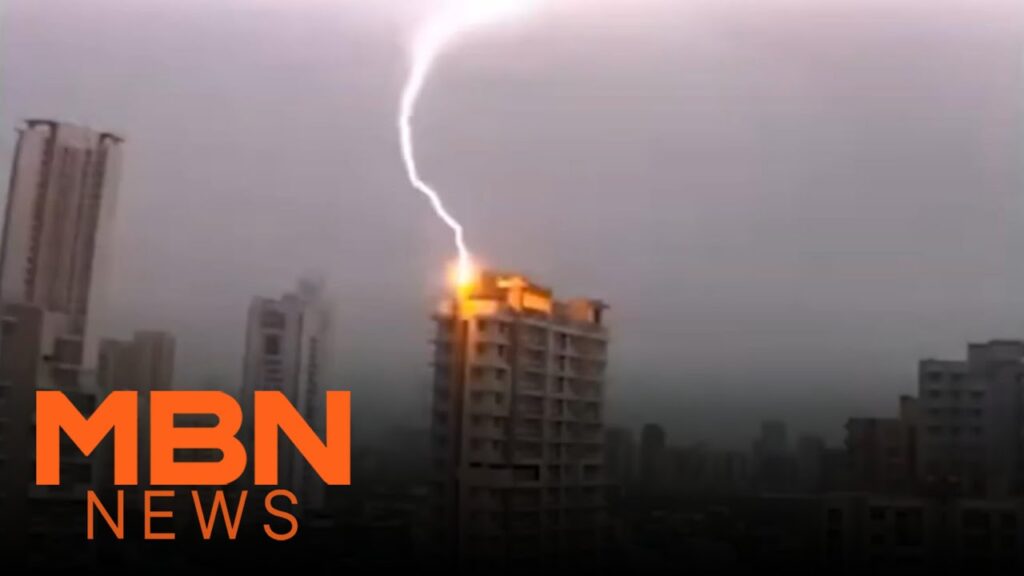
Translated and dubbed using AI.
#newstoday #india #lightning
☞ Subscribe to MBN YouTube ☞ https://goo.gl/6ZsJGT
📢 MBN YouTube Community https://www.youtube.com/user/mbn/community?disable_polymer=1
MBN Facebook http://www.facebook.com/mbntv
MBN Instagram https://www.instagram.com/mbn_news/
【 Anchor Commentary 】
In the India-Nepal region, heavy rainfall accompanied by lightning has begun ahead of the monsoon season. Since the 9th, over 100 deaths have been reported within two days due to lightning strikes. Experts analyze that global warming has caused the monsoon, which should start in June, to arrive earlier and with increased intensity. Reporter Lee Hanna has the story.
【 Reporter 】
A flash of lightning is seen in the cloudy sky, striking down directly onto a building’s rooftop.
On the rooftop, hail continues to fall alongside strong winds as a storm sweeps in.
Heavy rains with lightning have hit northern India ahead of the monsoon starting in June.
The problem is the lightning.
Frequent lightning strikes have resulted in over 100 deaths in India and Nepal within just two days.
Most of these victims are reported to have been working in the fields when the incidents occurred.
In the India-Nepal region, the monsoon, which starts in June, brings hot and humid conditions, making the atmosphere unstable and significantly increasing lightning occurrences. In 2022 alone, over 900 people died from lightning strikes in India.
Although there are two months left until the monsoon, climate change is identified as a cause of creating an environment conducive to lightning strikes.
▶ Interview: Kim Seung-bae / Head of Korea Natural Disaster Association
– “Cold air descending from the Himalayas in India and Nepal has resulted in severe thunder and lightning due to atmospheric instability.”
Experts point out that the recent worsening of global warming is causing lightning to strike more strongly and frequently.
It is reported that for every degree Celsius rise, lightning strikes increase by 12 times, and the number of lightning occurrences in India last year was 110 times higher compared to three years ago.
The Indian government predicts that heavy rainfall accompanied by thunder and lightning will continue until the 12th and has issued disaster warnings.
MBN News, Lee Hanna.
[lee.hanna@mbn.co.kr]
Video Editing: Lee Dong-min
Graphics: Yeom Ha-yeon, Lee Ji-yeon
Footage Source: YouTube @Chotuyadavgaming1, X @gharkekalesh
source



